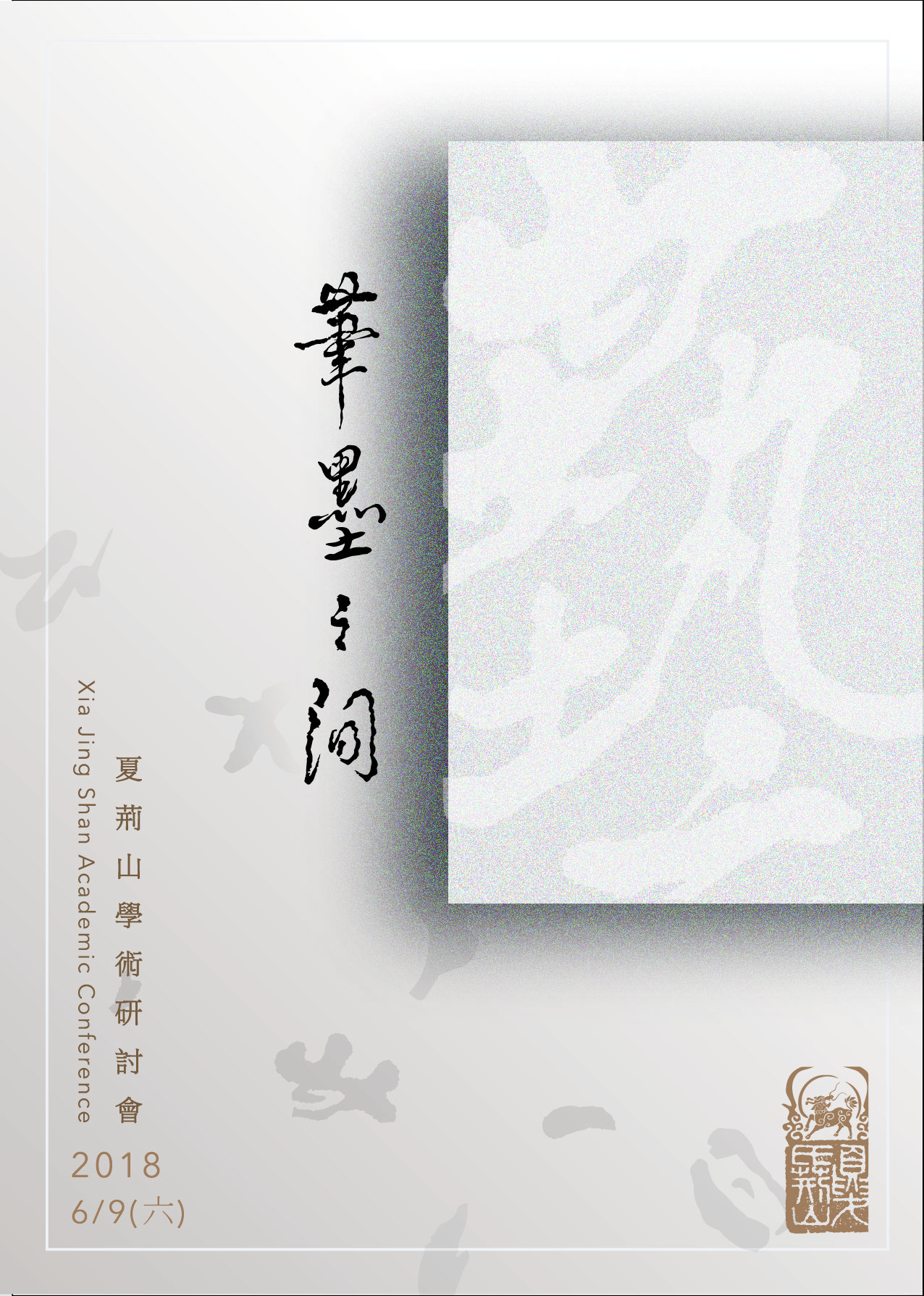
This paper opens with oral literature and myths and legends, which are referenced for the analysis on the Taoist tea culture practiced in the area of the Wudang Mountains. Specifically, the second chapter examines records on the Qianlin tea tree found in Taoist literature from East Jin, Song, and Yuan dynasties, proposing that the incorporation of the Qianlin tea tree in the history of Taoism is associated with the practices of Yuehua Rituals (literally “the essence of the moon”) and Yuepo Rituals (literally “the soul of the moon”). Most scholars reference volume 23 from the Taoist anthology, The Seven Bamboo Tablets of the Cloudy Satchel, as the earliest historical recount of the Qianlin tea tree. This anthology was compiled by scholar-official Zhang Jun-Fang for Emperor Zhenzong of the Northern Song dynasty (1017-1021). However, the same recount is found on Three Trajectories and the Yellow Pneuma and Yang Essence (Shangqing huangqi yangjing sandao shunxing) complied in the Eastern Jin dynasty (317-419), and this makes the historical record of Qianlin tea tree to be 700 years earlier than conventional knowledge. This also serves as evidence that Qianlin tea tree was recorded within the context of the Yuehua Rituals and Yuepo Rituals that have been practiced for thousands of years as a part of the Taoist Inner Alchemy. This also makes clear Qianlin tea’s Taoist tea connection and its context within the practice of Taoist Inner Alchemy.
The third section of this paper examines records on Qianlin tea’s from literature on Wudang Mountains’ cultural history. The study references Comprehensive Collection of Facts Concerning the Blissful Land of Wudang (Wudang fudi zongzhen ji) by Liu Dao-Ming (Yuan dynasty); Gazetteer of the Great Mountain of Supreme Harmony (Chijian dayue Taihe shan zhi ) by Jen Tzu-Yuan; Gazetteer of Dayue Mountain (Dayue shan zhi) by Fang Sheng (Ming dynasty) and other literature to argue Qianlin tea’s historical presence and to examine Qianlin tea’s notable features.
The fourth section examines the Yuepo Rituals practiced in Taoist Alchemy, which is recorded in literature on Wudang Mountains. Qianlin tea tree and Qianlin tea are documented in historical literature on the Yuehua and Yuepo Rituals practiced in Taoist Inner Alchemy, making it integral to conduct further inspection on the process of the practice and its content.
In addition to studies on the Dragon Gate (Longmen) Taoist sector and other branches’ practices of the Yuehua Rituals, section five of this paper also looks into the Taoist Alchemy’s practice that is associated with Xuantian Shangdi (the Supreme Emperor of the Dark Heaven). The study presents a comprehensive analysis on Wudang Taoist tea culture and its connections to the Taoist Alchemy and its rituals.
